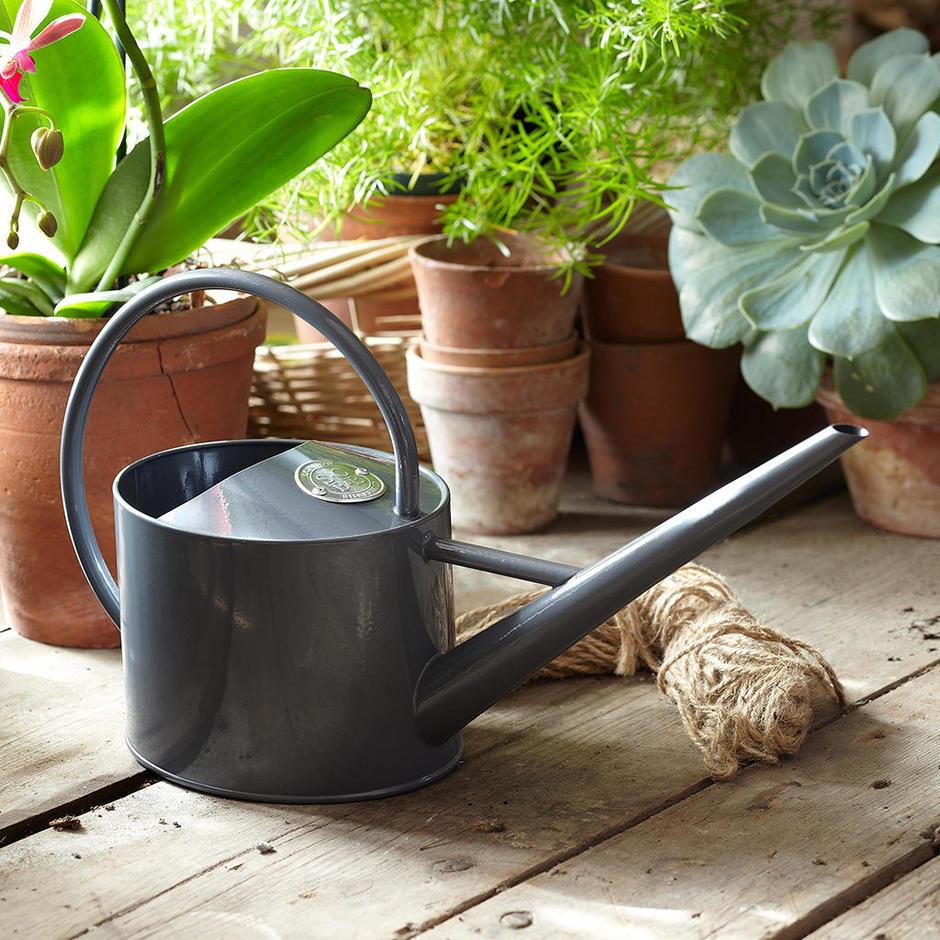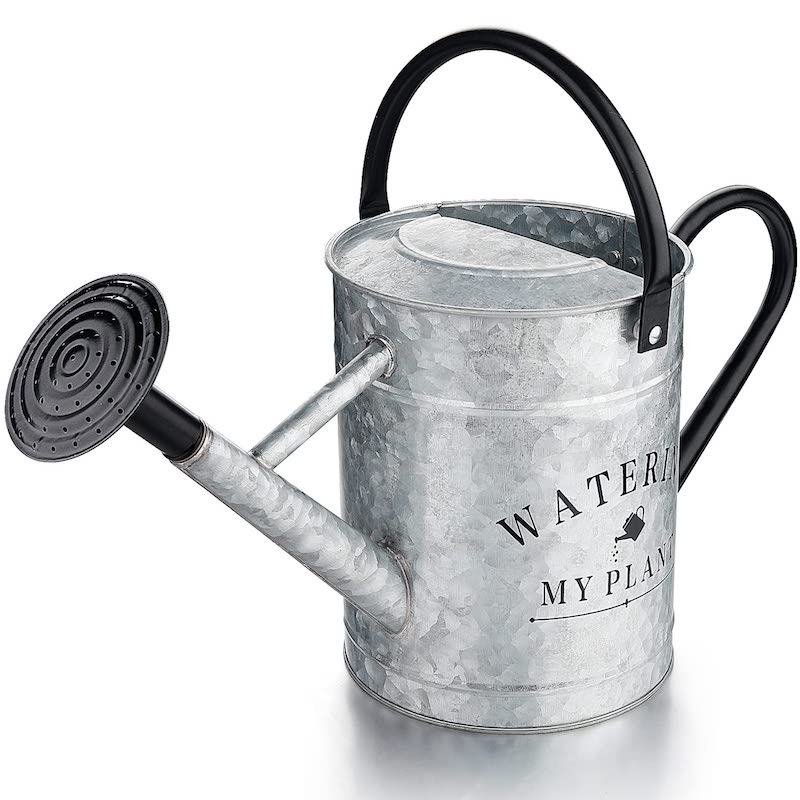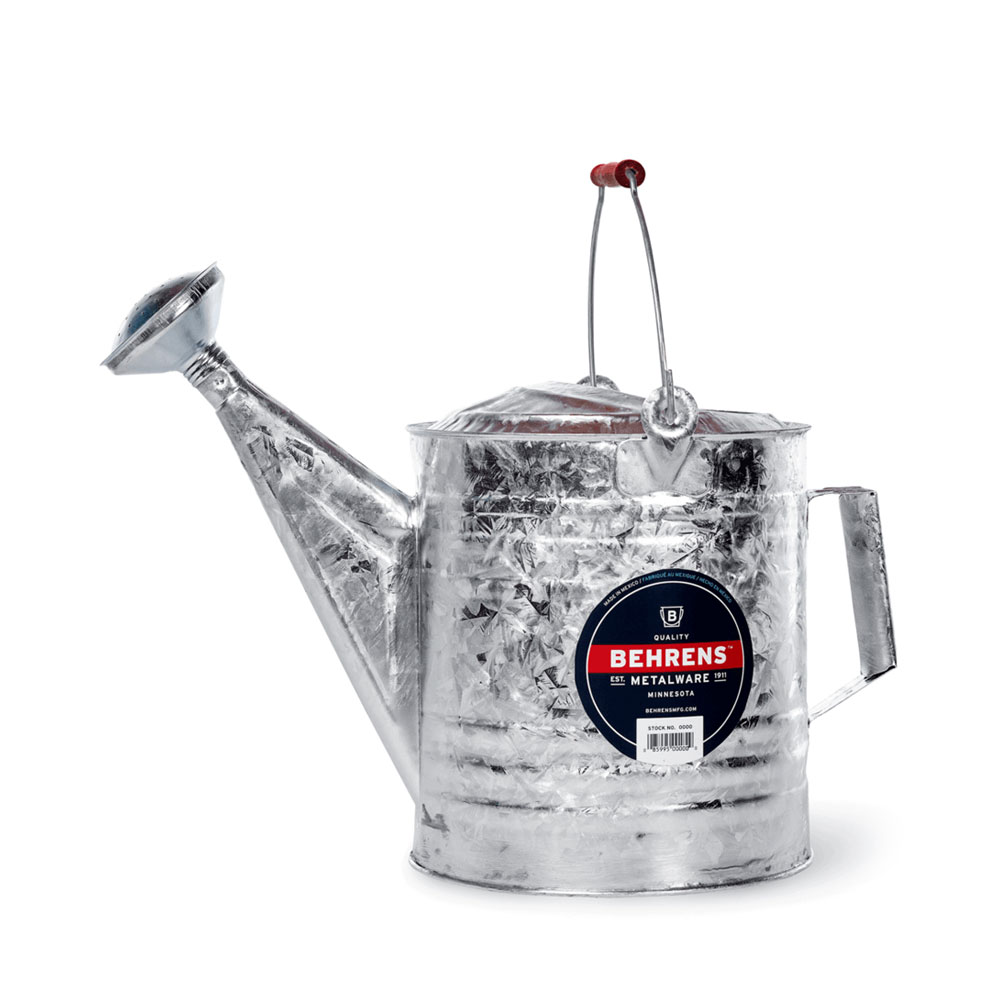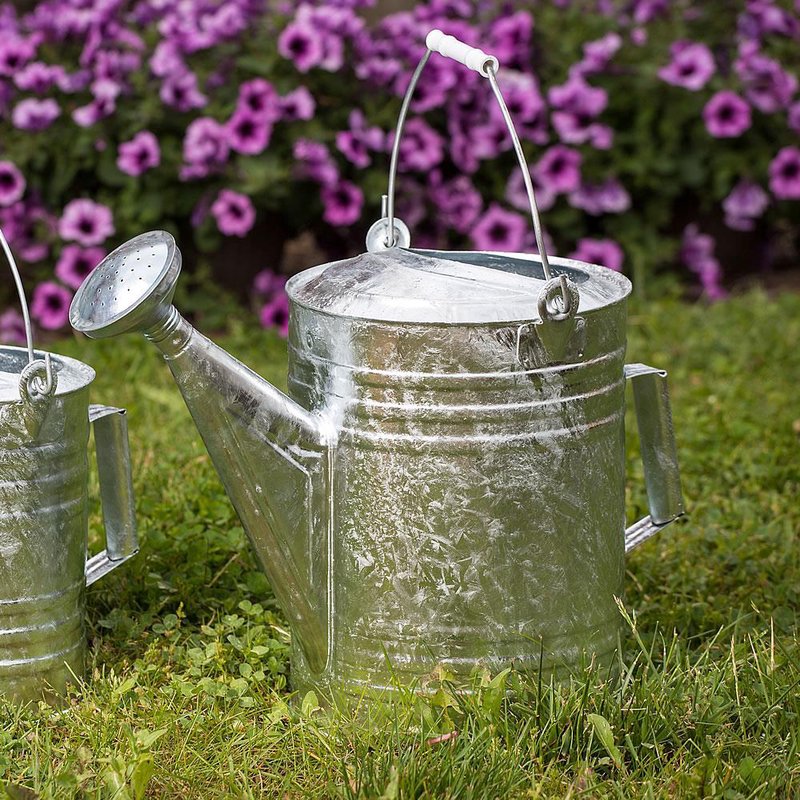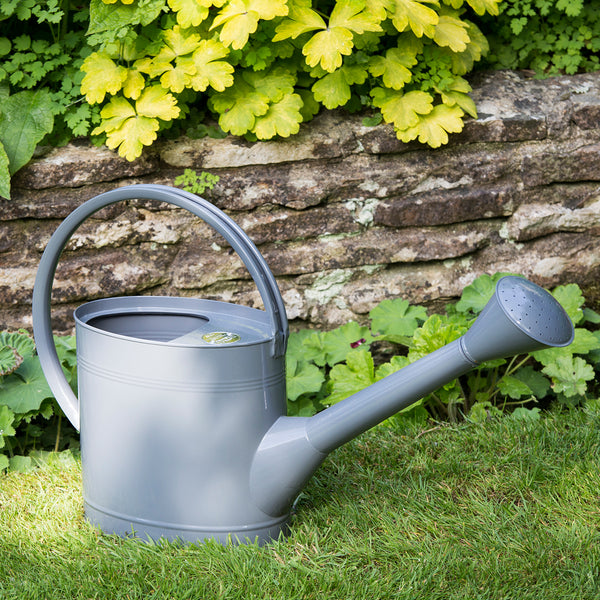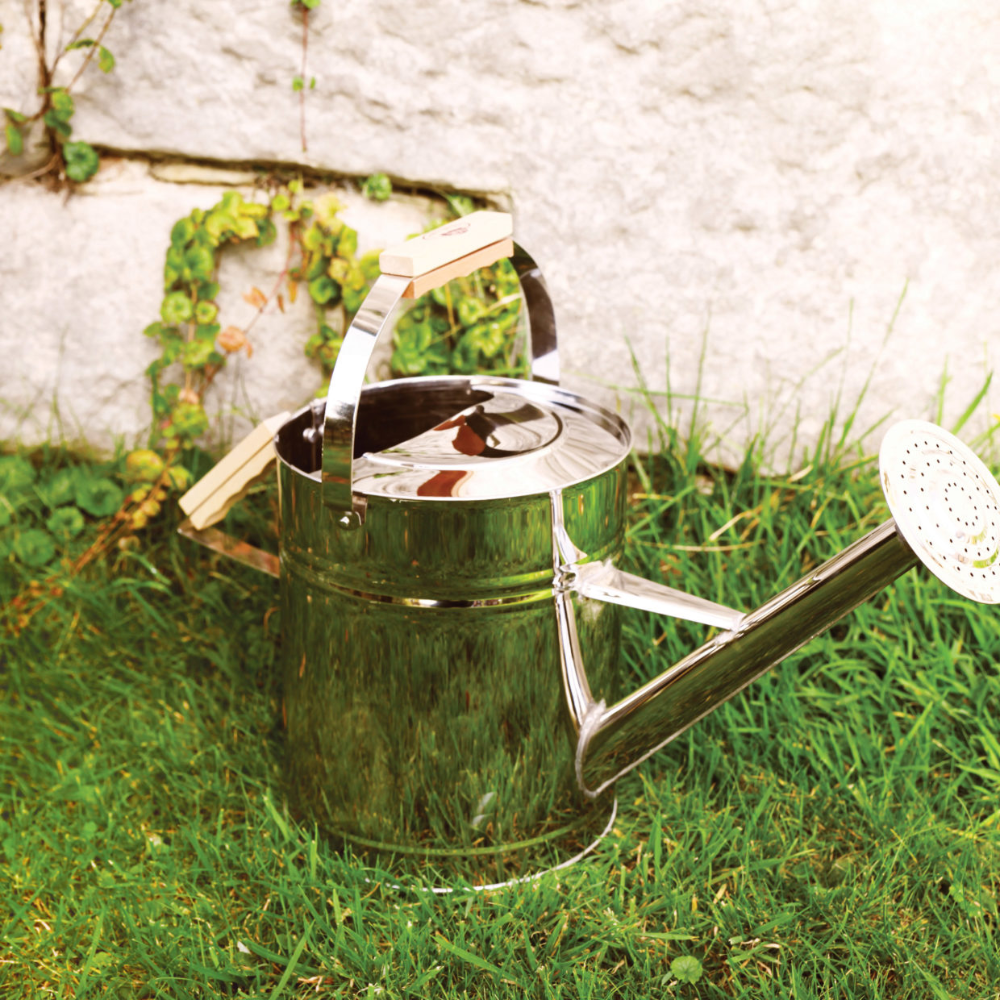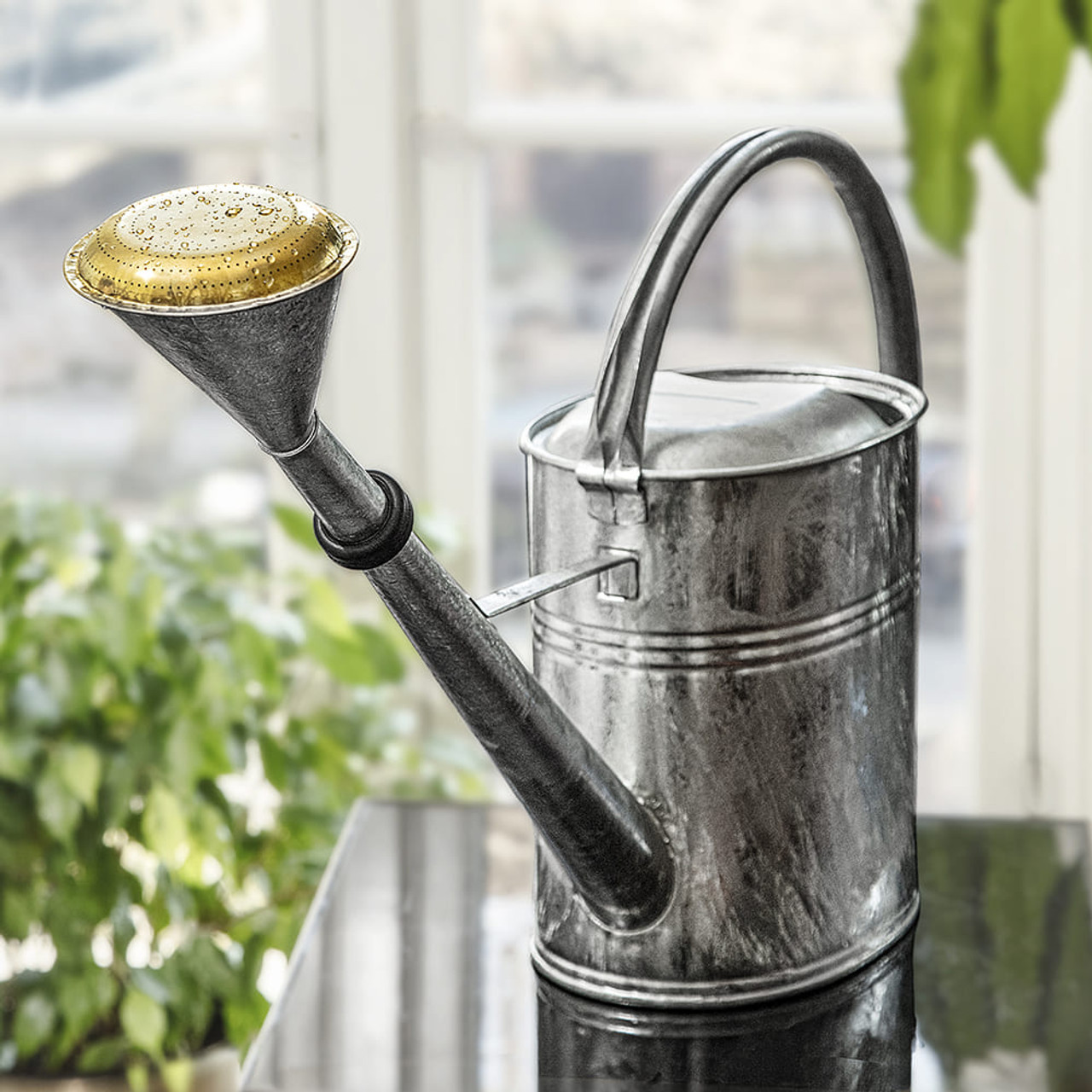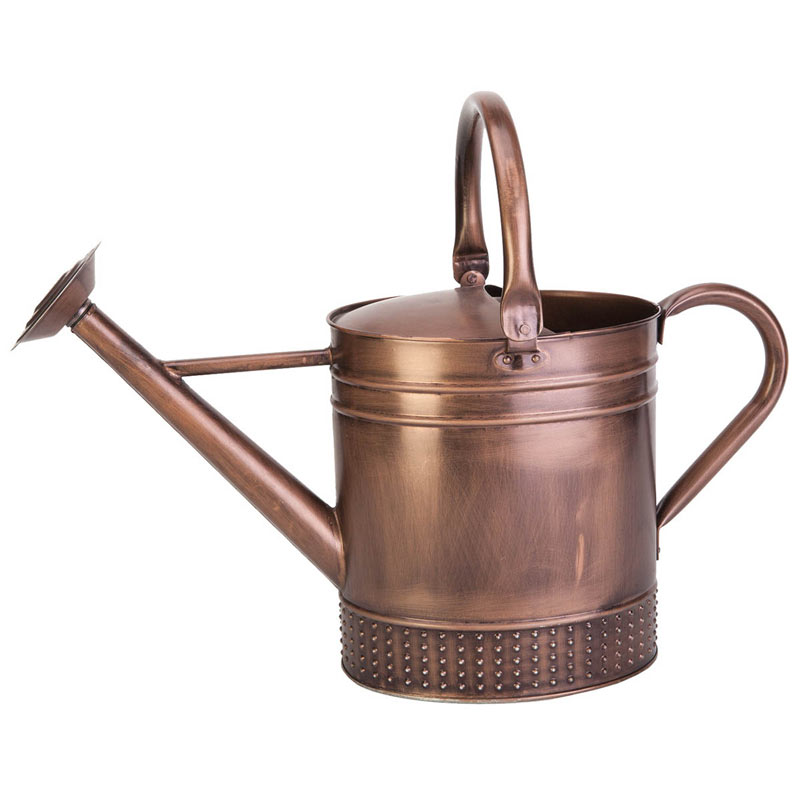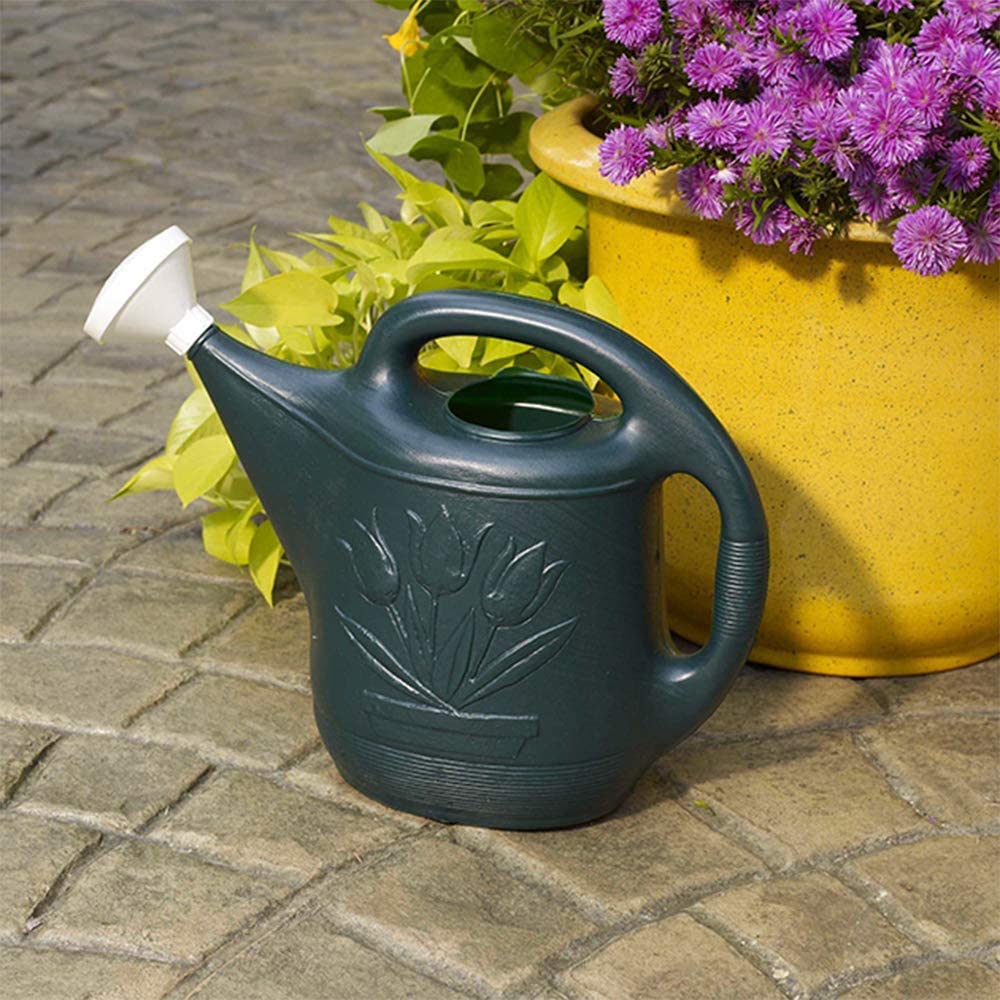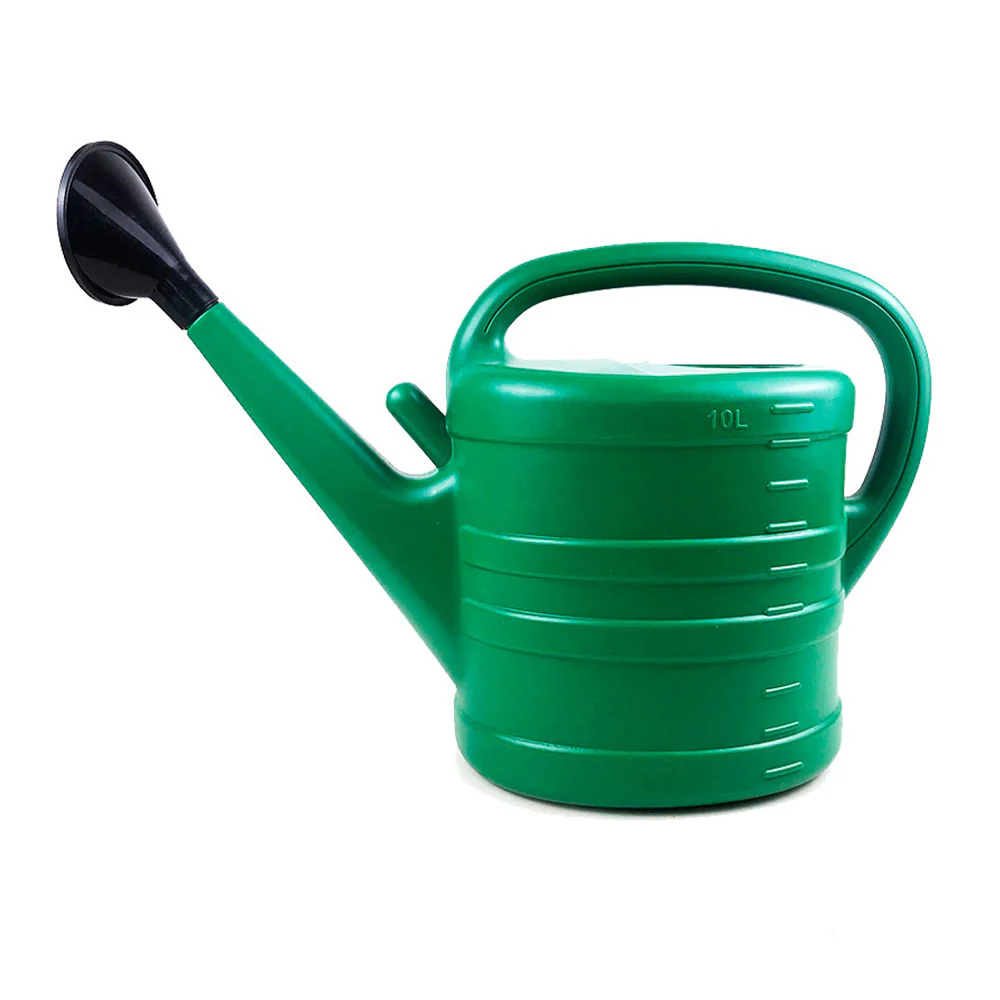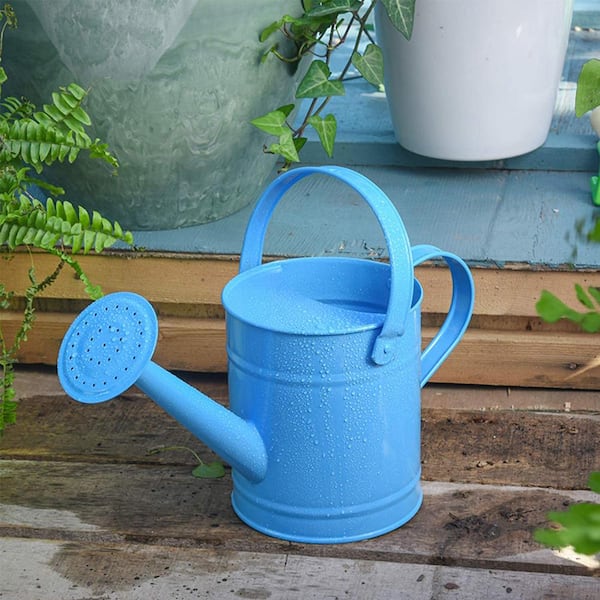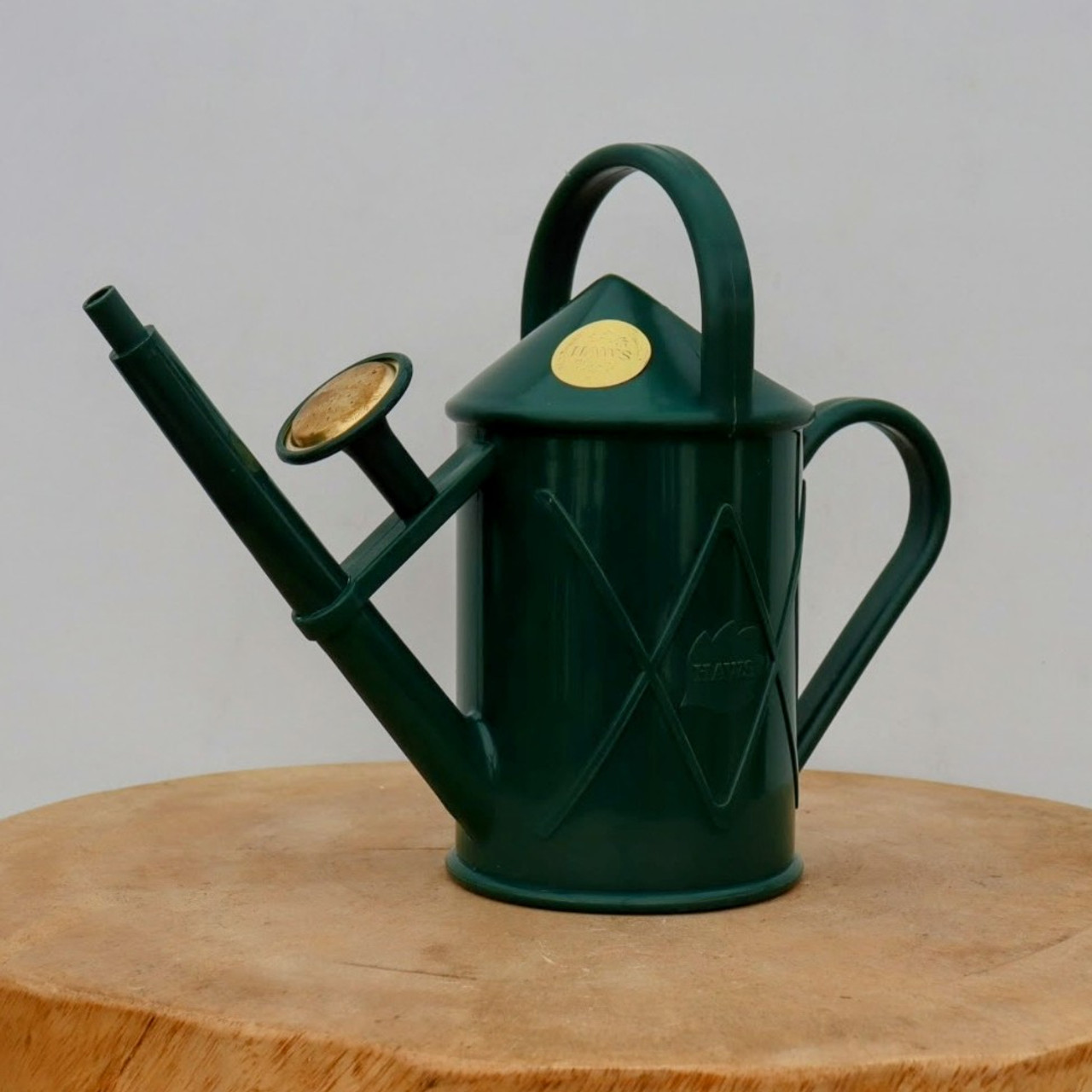A Joyful Activity: Choosing the Perfect Cute Watering Can
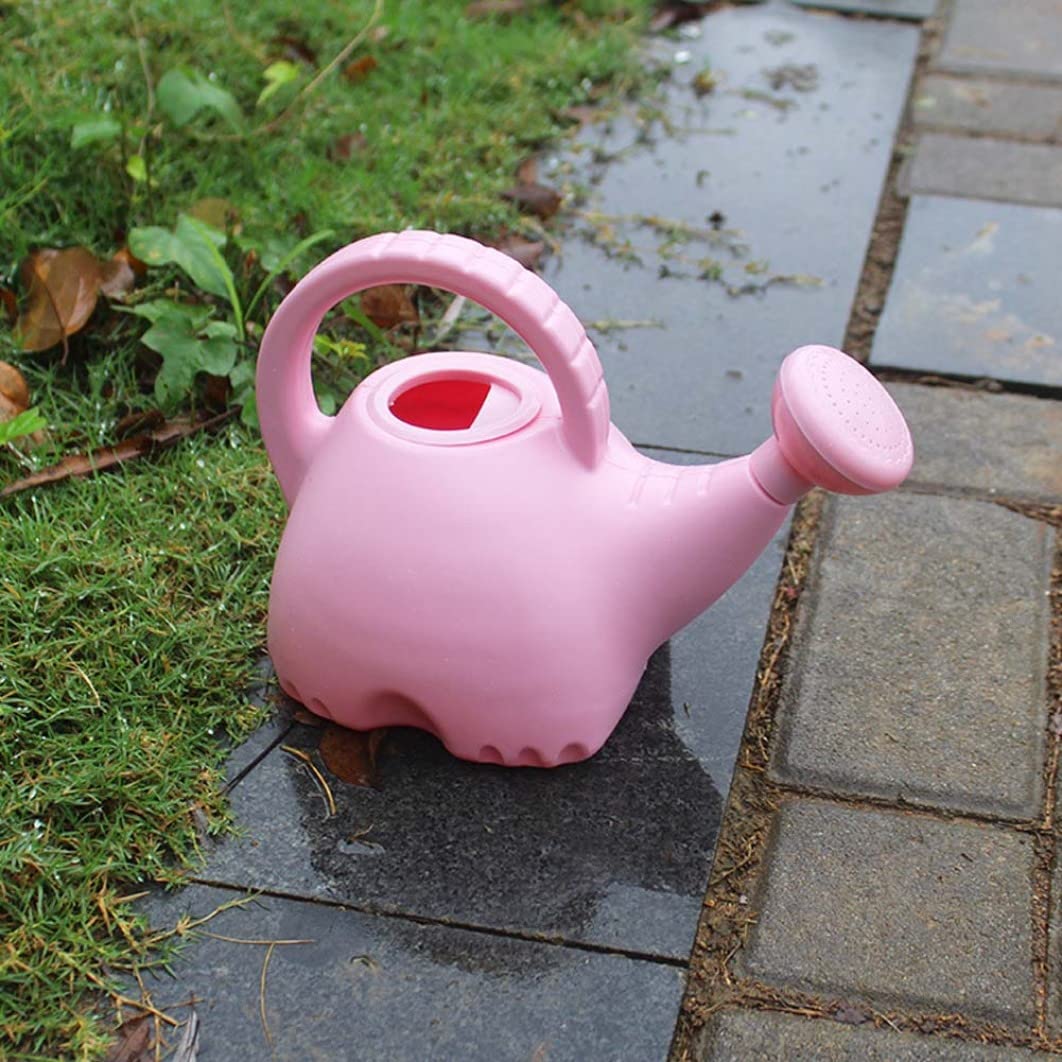
The Importance of a Proper Watering Can
Gardening is a joyful activity for many, and a cute watering can is key. Why does a proper watering can matter so much? First, it ensures that you distribute water evenly across your plants. A good watering can offers control over the water flow, protecting delicate flowers and seedlings. It also prevents overwatering, which can cause root rot. Moreover, an ergonomic design reduces strain on your hands and back. This makes gardening more enjoyable and less of a chore. Remember, the right cute watering can turns the task of watering into a simple pleasure.
Various Types of Cute Watering Cans
When it comes to choosing a cute watering can, variety abounds. From classic to quirky, there’s a style to match every gardener’s taste. Here are some popular types:
Traditional Watering Cans
A timeless design, traditional watering cans often feature a long spout and a side handle. They’re perfect for reaching under leaves and watering with precision.
Novelty Watering Cans
For a fun twist, novelty cans come in shapes like animals or teapots. They add a whimsical touch to your gardening routine.
Mini Watering Cans
Ideal for indoor plants, mini cans are smaller and easier to handle. They prevent spills and overwatering in tight spaces.
Industrial Watering Cans
These are built for endurance and large gardens. With sturdier materials, they handle frequent use with ease.
Self-Watering Cans
Innovation meets tradition with self-watering cans. They have built-in mechanisms that slowly release water, perfect for busy gardeners.
Incorporating a cute watering can that fits your needs adds charm and functionality to your gardening. Remember to consider the weight, balance, and ease of pouring when selecting your can.
Material Matters: Plastic vs. Metal Watering Cans
When selecting a cute watering can, material is a crucial factor to consider. Here we’ll compare plastic and metal options, so you can make an informed choice.
Plastic Watering Cans
Plastic watering cans are lightweight and affordable. They come in a variety of colors and designs, adding a playful touch to your gardening tools. They’re also resistant to rust and often less costly than metal cans. However, they may not be as durable in the long run and can become brittle if left in the sun.
Metal Watering Cans
Metal watering cans, on the other hand, boast durability and strength. They can survive falls and rough handling better than plastic ones. They often have a classic look and feel that appeals to traditional gardeners. Metal cans can become heavy when full and might rust over time if not properly cared for.
Choosing between plastic and metal comes down to personal preference and your specific gardening needs. Consider the environment in which you will be using the can, the care you’re willing to give it, and how often it will be used. Keep in mind that the right cute watering can should be as functional as it is attractive.
Capacity and Size Considerations
When hunting for a cute watering can, size and capacity are key elements to think about. The size of your garden and the types of plants you tend to will determine the best choice for you. Here’s what to keep in mind when considering these factors:
- Small Gardens: For those with a few potted plants or a modest garden, a smaller can will suffice. It’s easier to store and maneuver in tight spaces.
- Large Gardens: If you’re watering a large area, a can with a bigger capacity will save you constant refills. It should be comfortable to carry when full, so check the handle design and balance.
- Indoor vs. Outdoor: Indoor plants generally require less water, so a mini cute watering can with a smaller capacity is ideal. Outdoor plants, especially in hot climates, might need more frequent watering, making larger cans more practical.
- Weight when Full: Remember that water is heavy. A can that’s easy to lift when empty might become unwieldy when full. Consider your own physical comfort and ability to carry it.
- Measurements: Look for cans that have measurements marked on the side. This helps in providing the right amount of water for specific plants, avoiding over or under-watering.
The right capacity and size will ensure that your watering routine is as efficient and enjoyable as possible. By selecting a cute watering can that’s a pleasure to use, you’ll look forward to caring for your plants.
Functional Features for Easy Watering
When looking for a cute watering can, ease of use is important. Functional features make watering not just easy, but also efficient. Let’s explore crucial attributes that enhance the experience:
Ergonomic Design
An ergonomic watering can reduces the effort you need to water your plants. Look for a can with a comfortable handle and a design that feels balanced when held.
Adjustable Nozzles
Some watering cans come with nozzles that adjust the water flow. These allow for a light sprinkle or a heavy pour, depending on your plants’ needs.
Long Spouts
A longer spout provides better reach and control. It helps to water the base of the plant without wetting the leaves too much, which is ideal for many plants.
Detachable Heads
Cans with detachable heads give you the flexibility for various watering tasks. They also make cleaning the can much easier.
Lockable Sprayers
For bigger jobs, a lockable trigger can save you from fatigue. It allows for continuous spraying without having to hold down a button.
Clear Measurement Markings
Watering cans with visible measurement lines help you track the amount of water you use. This feature is handy for precise watering schedules.
By choosing a cute watering can with these functional features, you ensure your gardening is effective and enjoyable. Remember to match the can’s features to your garden’s specific needs.
Aesthetic Appeal: Design and Color Options
When selecting your cute watering can, aesthetic appeal plays a significant role. Here’s how to pick the perfect one:
Choose a Style That Reflects Your Personality
Your watering can is more than a tool; it’s a garden accessory. Pick a design that reflects your personal style, be it classic or modern, simple or decorative.
Consider the Color Scheme of Your Garden
Color can influence mood and complement your garden’s palette. Bright colors add vibrancy, while muted tones blend seamlessly with nature.
Look for Unique Patterns or Details
Some cans feature decorative patterns or unique design details. These small touches add character and can make watering feel like a special ritual.
Coordinate with Other Gardening Tools
If you enjoy a cohesive look, consider matching your cute watering can with your other gardening tools. This creates a harmonious gardening set-up.
Remember, while functionality is key, the charm of a cute watering can with the right design and color can make your gardening experience even more delightful.
Where to Buy Cute Watering Cans
After deciding on the features you want, the next step is finding where to buy your cute watering can. Here are some suggestions:
- Local Garden Centers: These stores often carry a variety of gardening supplies, including watering cans with cute designs.
- Home Improvement Stores: Big brands like Home Depot or Lowe’s offer gardening sections with a range of options.
- Online Marketplaces: Websites like Amazon and eBay have a vast selection, from traditional to novelty cans.
- Specialty Online Stores: Look for online retailers that specialize in gardening tools for a more curated offering.
- Craft Fairs or Local Markets: These can be great places to find unique, handcrafted watering cans.
- Second-Hand shops: For a sustainable choice, consider thrift stores or yard sales where you can often find watering cans with character.
Remember to check reviews and product descriptions carefully if you are buying online. Make sure the can meets the functional and aesthetic standards you desire. Happy gardening!
Care and Maintenance for Longevity
Proper care and maintenance of your cute watering can ensures it lasts for many seasons. No matter the material, metal or plastic, simple routines will keep it in great shape. Here are easy steps to follow:
Regular Cleaning
After use, rinse your watering can to prevent dirt build-up. Wash with mild soap and water occasionally. Dry it well to avoid rust or mold.
Proper Storage
Keep it out of harsh weather. Sun can fade colors and weaken plastic. Cold can make metal brittle. Store it in a shed or garage.
Check for Leaks
Regularly inspect your can for holes or cracks. Fix leaks promptly to maintain functionality.
Handle with Care
Be gentle when using and moving your can. Rough handling can lead to dents or damage.
Treat Rust Spots
For metal cans, tackle rust early. Use sandpaper to remove rust. Apply rust-proof paint to protect it.
Refresh Looks
Update your can’s look with waterproof stickers or paint. This adds personality and protects the surface.
Follow these tips to keep your cute watering can as charming and effective as the day you bought it. Happy gardening!





